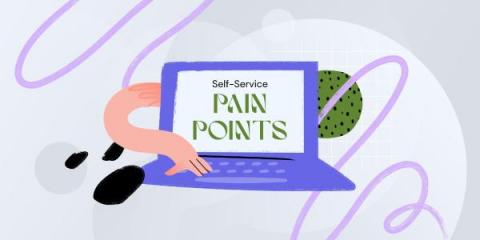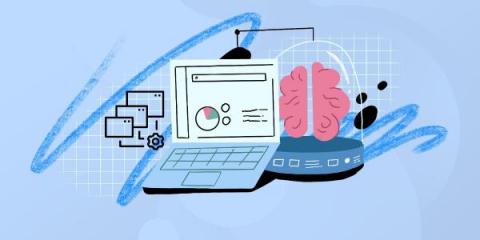The Common IT Self-Service Pain Points and What to Do About Them
How long has the IT industry espoused IT self-service capabilities’ IT support benefits yet failed to realize them fully? They make so much sense, offering “better, faster, cheaper” service and support capabilities. Still, for many organizations, IT self-service capabilities need so much more than the implementation of the required technology.











